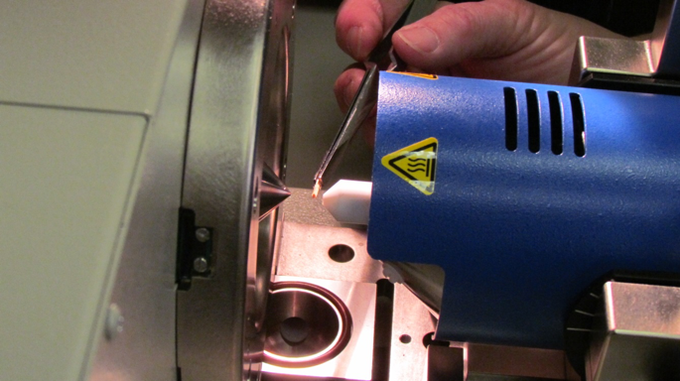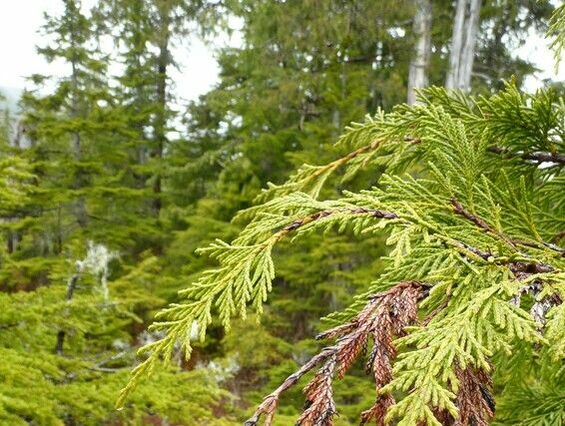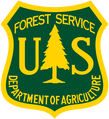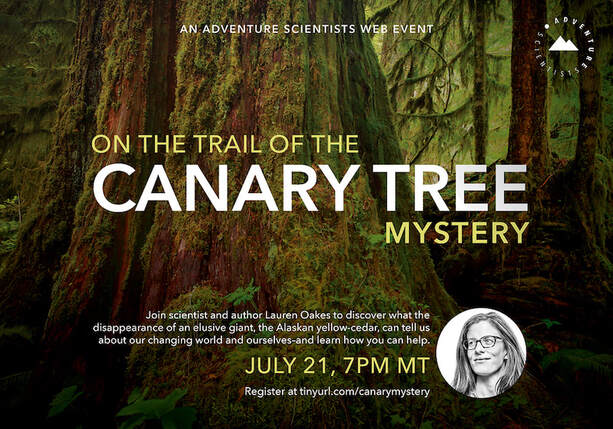TIMBER TRACKING
We’re collecting thousands of leaf, seed, and wood samples to create databases of the chemical and genetic signatures of tree species throughout their ranges. This information will power new tools to reveal the origin of any sample of timber––taking away illegal loggers’ ability to sneak poached trees into the world’s wood supply.
Eastern black walnut is the latest tree species you can adventure for science to protect!
One of the most valuable hardwood species, black walnut is under threat from timber poachers across 30+ American states in its range. This summer, you can help by exploring forests in the eastern and central US to take samples from wild trees. Those samples will become the basis of new DNA and chemical databases that law enforcement will use to prosecute timber thieves.
Black walnut joins coast redwood, bigleaf maple, western redcedar, and Alaska yellow-cedar as vulnerable species we’re working with scientific partners to protect from timber poaching, a growing crime in the US and worldwide. Click below to learn more and apply for this project.
Our Volunteers
Outdoor adventurers have unique skills to collect tree samples across a wide range of locations and at the large scale needed to encompass a species’ geographic ranges. Hiking, mountain biking, backcountry skiing, rock climbing, whitewater kayaking, and other activities bring our volunteers to places few others venture.
The dashboard below shows where volunteers have collected eastern black walnut samples for the project. Click on individual points to view the data, or click the link below the dashboard to view in full screen.
The Science

Once collected, our samples will undergo two forms of processing: Mass Spectrometry-Data Analysis in Real Time (MS-DART or DART) and genetic analysis.
DART will reveal distinct chemical signatures in each sample. As the tree takes up water and nutrients through its roots throughout its life, it develops a distinct chemical signature. Recognizing these signatures will allow authorities to identify the geographic origin of a sample.
Genetic analysis reveals the naturally occurring variation and interrelatedness of all trees within a species. It will be used like the DART analysis to identify the origin of future timber samples, and to increase our understanding of the adaptations of the species to particular conditions throughout their ranges. This will allow for better management of existing and expanding forests. The resulting database will yield a “family tree” like no other.analysis reveals the naturally occurring variation and interrelatedness of all trees within a species. It will be used like the DART analysis to identify the origin of future timber samples, and to increase our understanding of the adaptations of the species to particular conditions throughout their ranges. This will allow for better management of existing and expanding forests. The resulting database will yield a “family tree” like no other.
Our Partners
Planning, permitting, analysis, interpretation, and implementation all require the coordinated actions of many players. We are proud to be working with leading organizations in the research, management, and conservation of forests and tree species.


Hear what our Forest Service partners have to say about the project!
Five Species, One Massive Effort
Ranging from Alaska to California and from coast to coast, the five species we’ve targeted so far are particularly vulnerable to timber poaching. Many also are on the decline due to climate change. Each species faces its own challenges and has a biological, cultural, and conservation story of its own.
Black Walnut
(Juglans nigra)
Once widespread across the United States, black walnut trees are becoming increasingly rare as high prices for its smooth, dark wood drive illegal logging. Volunteers can apply to this project beginning in the summer of 2021.
Coast Redwood
(Sequoia sempervirens)
The tallest trees in the world, old-growth coast redwoods now occupy only 4% of their historic range. Understanding their genetic diversity will improve forest management and help guard against the negative impacts of climate change. Data collection for this species is complete.

Bigleaf Maple
(Acer macrophyllum)
This hardwood species whose common name reflects dinner-plate sized leaves, is targeted by timber thieves for spectacularly-patterned wood often used in guitars and furniture. Data collection for this species is complete.

Western Redcedar
(Thuja plicata)
Not a true cedar, but an arborvitae or “tree of life,” this species has provided indigenous communities with countless practical and cultural uses for thousands of years. Its continued value now makes it a target for illegal logging operations. Data collection for this species is complete.

Alaska Yellow-Cedar
(Callitropsis nootkatensis)
A dramatic droop to its branches makes this species instantly recognizable even without seeing the tell-tale color of its wood. Now across large parts of its range, changing climate patterns are causing mass die-offs of this treasured tree. Data collection for this species is complete.
In the map below, see where we’ve collected samples since 2018.







